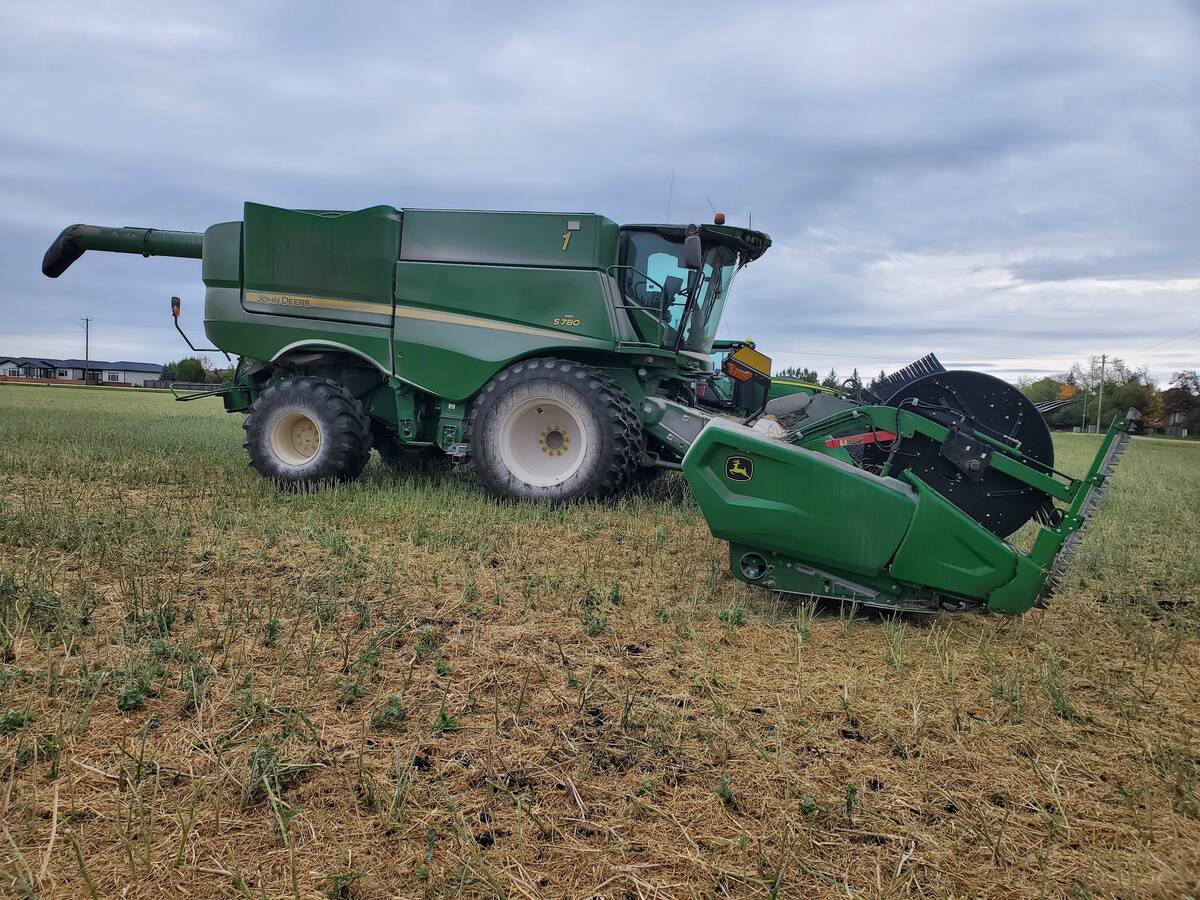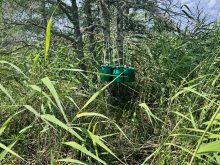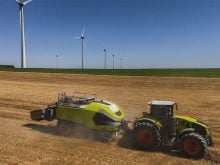As an agricultural economist, Rose Olfert saw the census of agriculture
results as reinforcing proof that larger farms are the way of the
future if agriculture is to be profitable.
“A lot of the underlying trends, the economies of size, are very strong
in these numbers,” she said May 17 from the University of Saskatchewan.
“They are still seeing returns there.”
As a farmer who has taken a different route, Linda Jabs disagrees.
On the small, part-time Innisfail, Alta., farm, Linda and her husband,
Read Also

Powdery mildew can be combine fire risk
Dust from powdery mildew can cause fires in combines.
Dennis, decided to keep their sheep operation small and specialized,
using no animal drugs or forage chemicals and developing their own
markets.
“We just decided to stay out of the mainstream,” she said. “Margins
there are too tight, you have to get too big and neither of us believe
that bigger is necessarily better.”
Lambing has just finished and the flock is up to160.
“We have talked about getting bigger but I think we’ll stay at this
size. It’s comfortable.”
Still, Olfert points to the census evidence that bigger means more
successful. Farmers with less than $25,000 in gross receipts spent $168
in costs for every $100 in receipts. Farmers with receipts between
$100,000 and $250,000 spent on average $81 to bring in receipts of $100.
While the number of small farms declined sharply during the past half
decade, the number of farms with revenues more than half a million
dollars increased 52 percent, to close to 13,000.
“There is still evidence that there is a tremendous benefit in becoming
larger,” she said.
Benefit or not, the census evidence published May 15 is that farms are
getting bigger.
In Manitoba, the average farm size increased almost 14 percent to 891
acres, while the Alberta average increased 10 percent to 970 acres and
Saskatchewan was up to an average 1,283 acres, by far the biggest in
the country.
The trend to bigger also showed up in per-farm production.
While the number of farms reporting cattle and calves declined 14
percent, the number of animals increased 4.4 percent to 15.5 million.
A more dramatic concentration trend was evident in the hog industry
where the number of farms fell by 27 percent. The national swine herd
increased 26 percent, to almost 14 million head. Quebec remains the
largest producer of hogs.
In the dairy industry, production remained relatively stable even
though the number of dairy farms plummeted 24 percent to 18,574.
Despite the stabilizing effects of supply management, close to 6,000
dairy farms disappeared in the five years after 1996.
Dairy farming offered the best profit margin of any sector, requiring
75 cents in costs for every dollar in gross receipts, compared to an
agriculture-wide average of 87 cents.
Growing farm size also was evident in Prince Edward Island’s mainstay
potato industry where the number of farmers declined 28 percent in five
years to 468 while acreage fell just 1.2 percent.
















